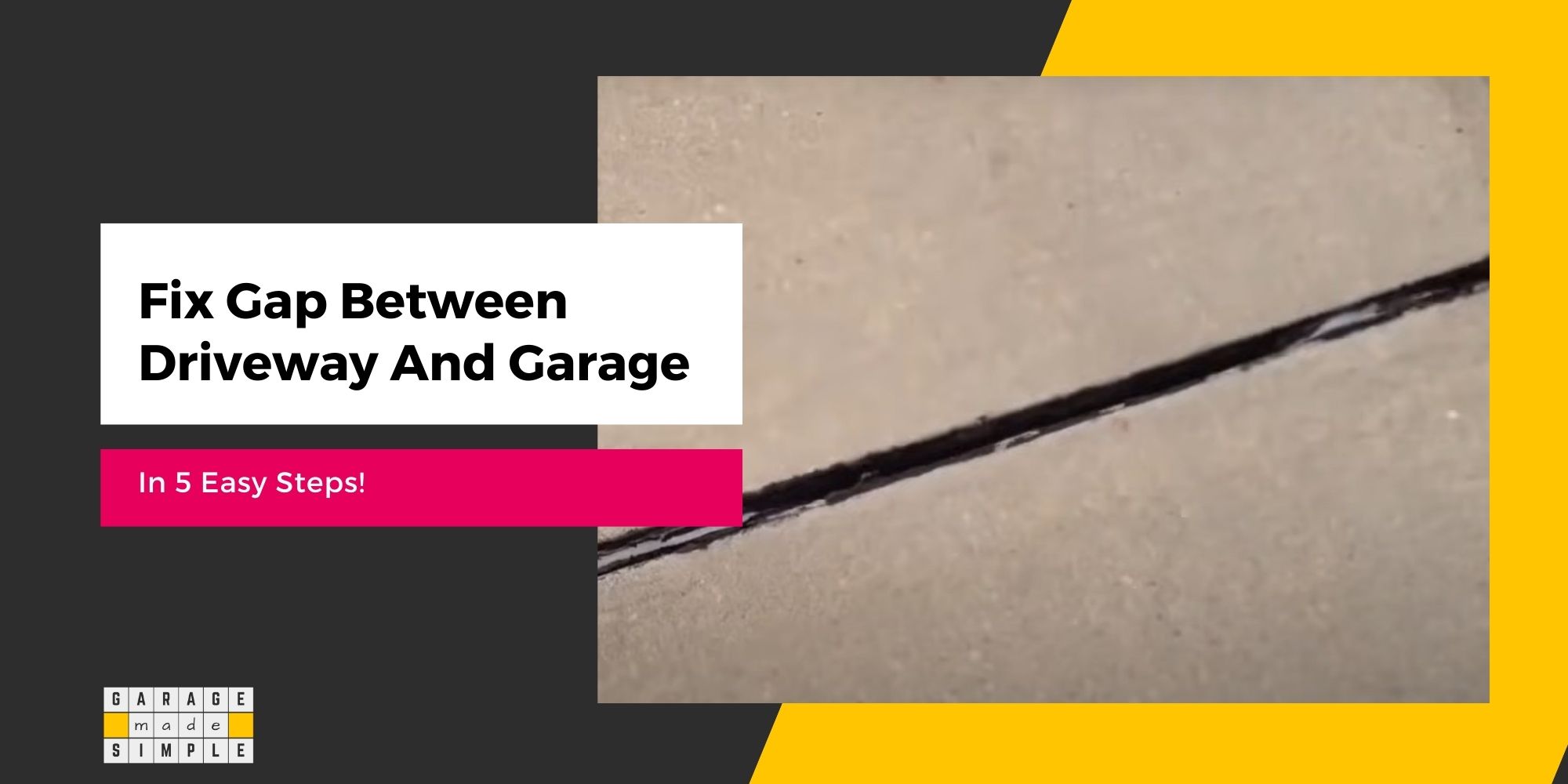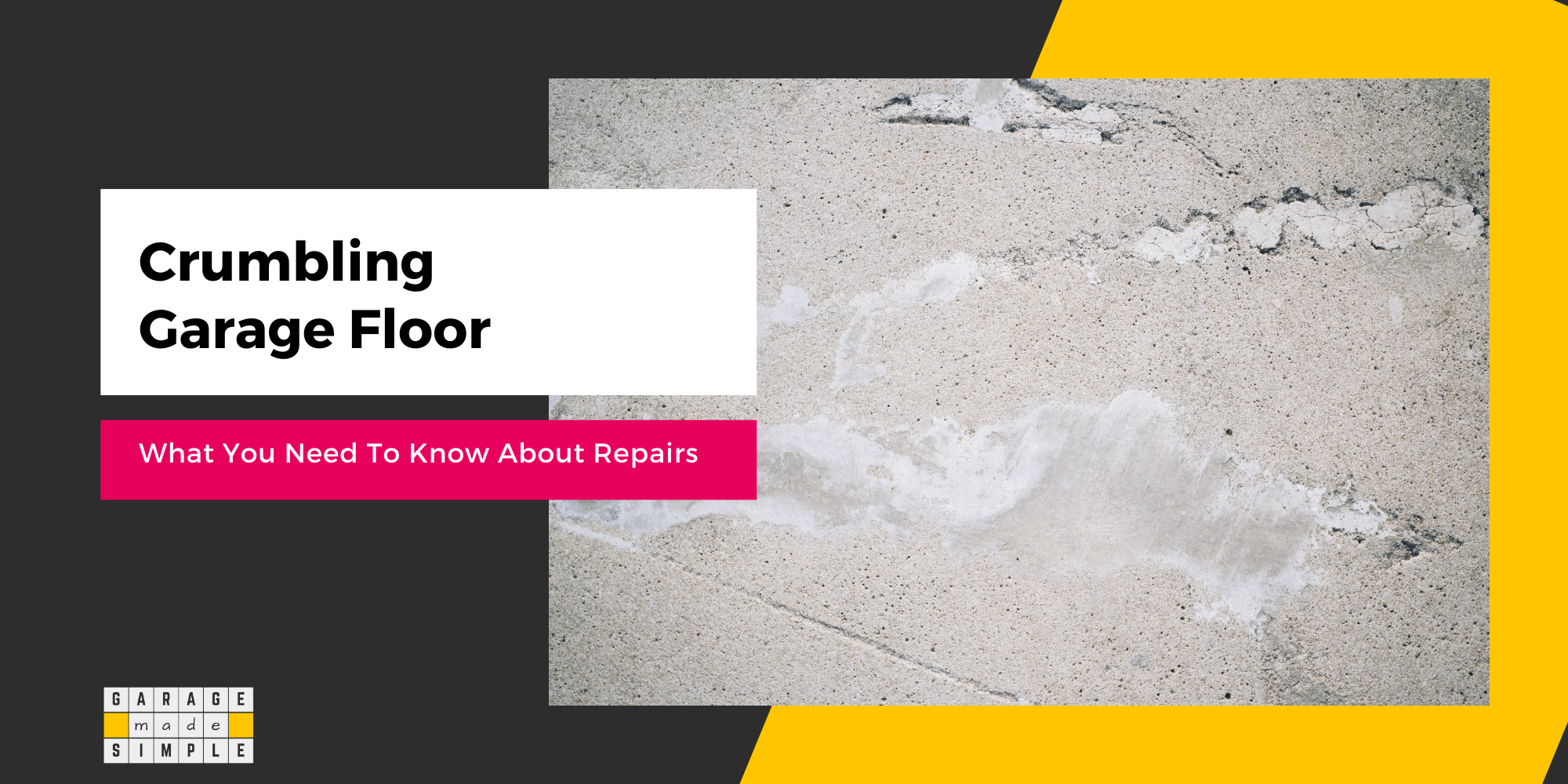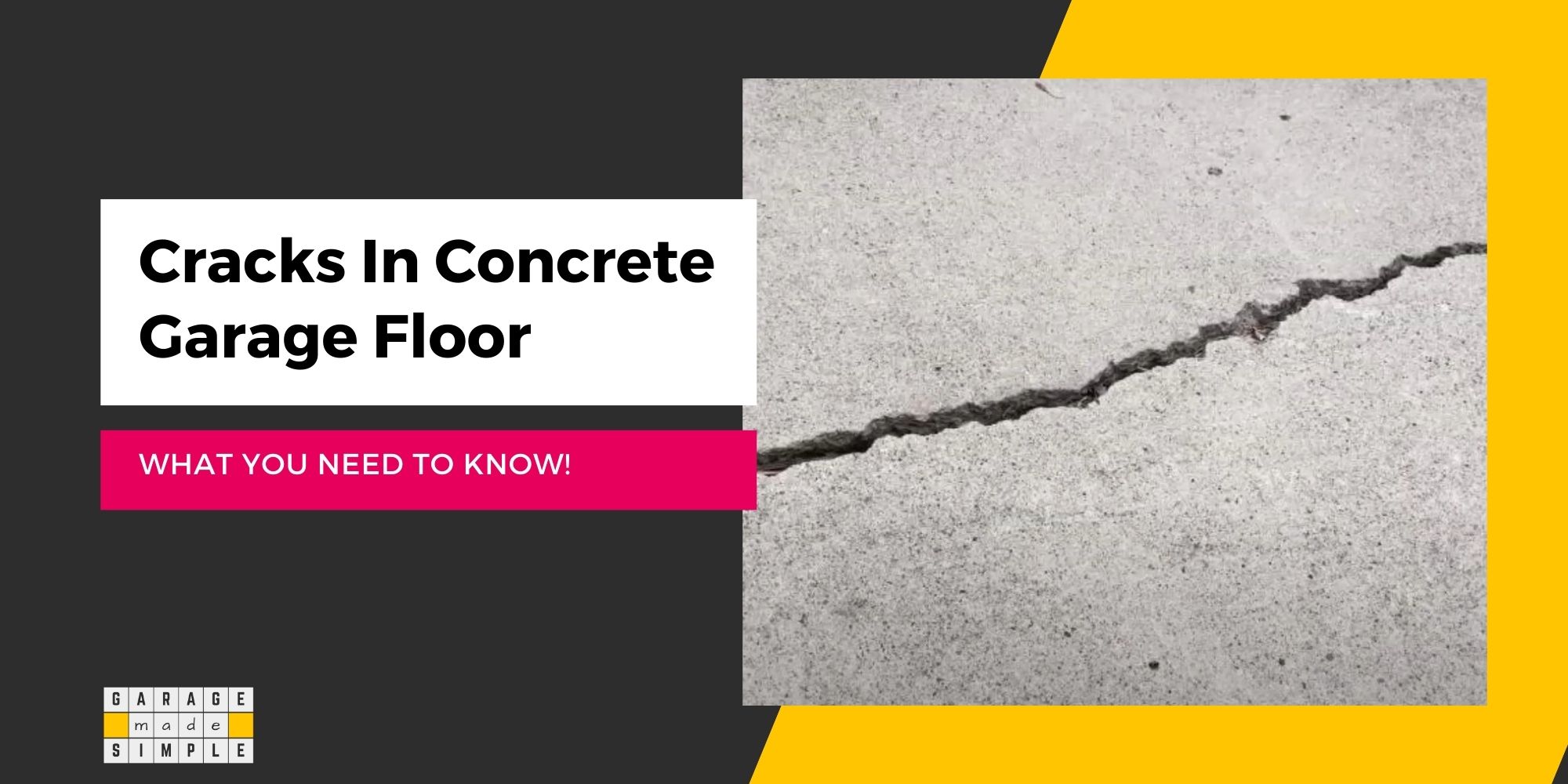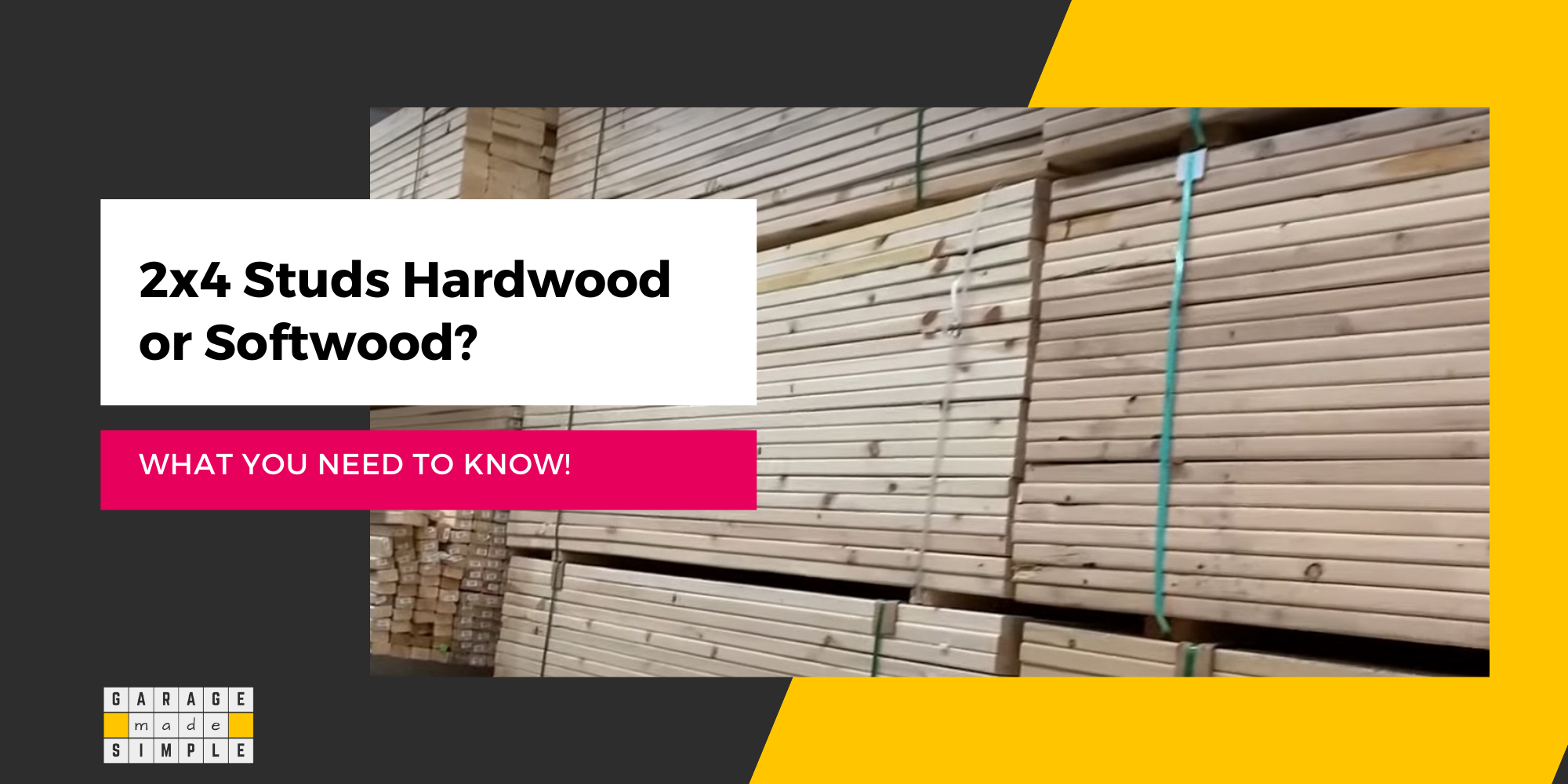What You Need To Know About How To Fix A Bowed Garage Wall
As an Amazon Associate, I earn from qualifying purchases.
Do you have a garage that has been around for quite some time? Do you see cracks appearing in the wall? Do you feel that the walls are either bulging out or caving in? Then you better figure out how to fix a bowed garage wall.
Bowed walls are usually associated with brickwork basement walls. Basement walls will bow inwards and even crack at the brick joints. The main reason is the hydrostatic pressure from the excess water in the soil around it.
Why do Garage Walls Bow?
Garage walls made from wood stud frames and drywall can bow too. Wood is hygroscopic. Wood studs shrink when they dry and expand when they absorb moisture. If the shrinkage and the expansion is not uniform along a stud and across all the studs, some studs will warp.
Non-uniform warping of some studs can result in a wavy garage wall. The drywall attached to the studs will also become wavy and may get misaligned at the joints.
Why Fix a Bowed Garage Wall?
You have to fix the bowed garage wall, as soon as possible, mainly because of aesthetics. Even if you could live with wavy walls, you need to fix the bowed garage wall to avoid further structural damage.
A bowed garage wall is an indication that water is somehow getting to the studs behind the drywall. Wet studs will encourage mold & mildew growth and may lead to rotting. Over a period of time the garage wall will become structurally unsound.
In case you do not fix the bowed garage wall, there is a risk that the wall may collapse. You may get hurt and your cars & other stuff will get damaged. At the very least you will have to spend a lot more on putting up a new wall or constructing a new garage altogether.
How to Prevent Studs from Warping?
They say “prevention is better than cure”. So if you can take a few simple steps before and while you are constructing the stud frames for your garage wall, you can save yourself from the trouble of how to fix a bowed garage wall.
Buy Studs from Warp Resistant Wood
2X4 Studs are usually from cedar, fir, pine and spruce. Some wood is less likely to warp than others. Three that are really outstanding for garage wall framing, are:
- Redwood – straight grains and natural chemicals to resist moisture absorption.
- Cedar – very dense and does not crack with changes in moisture content
- Fir – “Seasoned” fir studs do not warp easily
Proper Drying of Wood will Prevent Warping
Lumber is less likely to warp if it is dried correctly. The moisture content in the lumber plays the most critical role in the warping of studs.
- Don’t allow partially dry lumber to quickly regain moisture
- Don’t dry lumber too slowly (doing so could worsen any bowing and other warping)
- Don’t over dry lumber, which can lead to cracking, splits and end grain checking
- Sealing the ends of wood can also help prevent warping caused by uneven drying.
Correct Lumber Storage will Prevent Warping
Always store lumber in a clean, dry area to prevent moisture from getting into it. Moisture intake is the main reason for warping.
Curtis Lumber advises
- Put wood piles onto flat foundations
- Place wood boards and the stickers in uniform stacks with boards of the same thickness
- Align stickers vertically and lay them flat
- Space the wood out to provide proper ventilation
- Cover your wood with material that does not allow vapor into it to keep the wood dry in humid places
- Put weights on wood piles to prevent cupping
What to Check while Framing a Garage Wall?
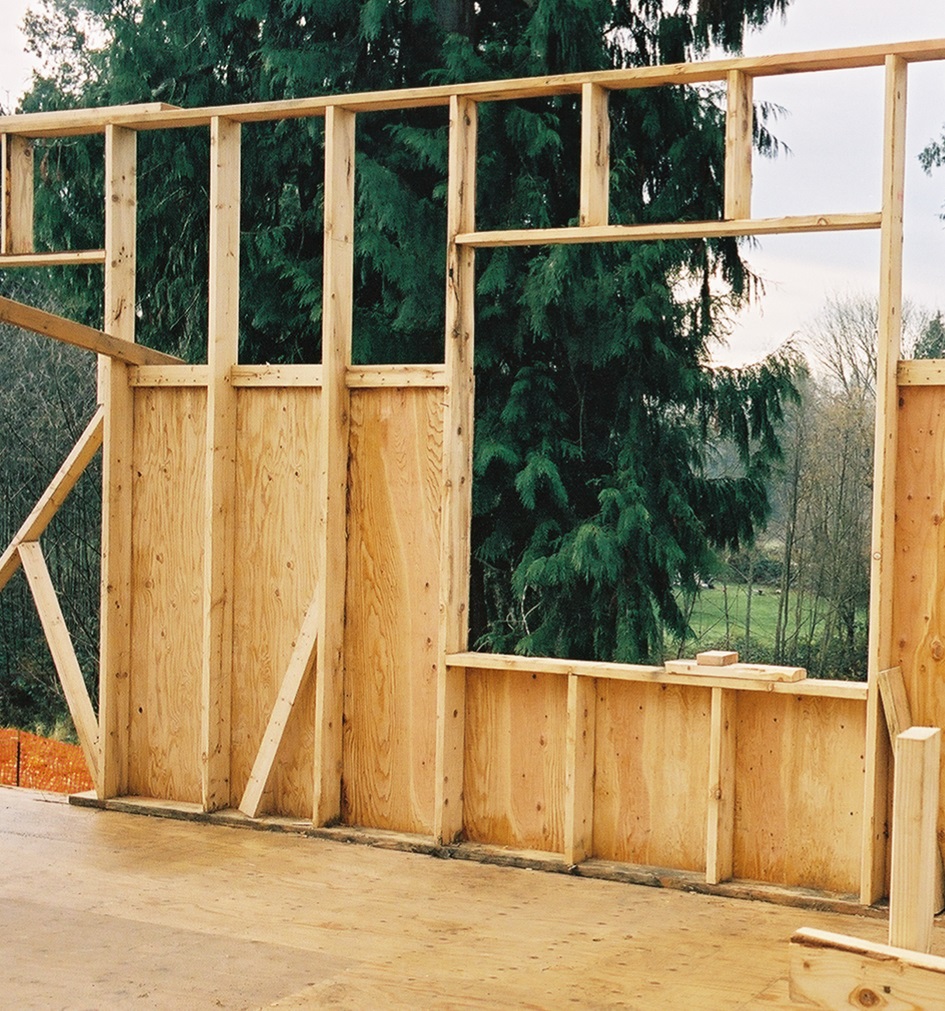
The Garage Wall Frame made from the studs will not bow if you make the following quality checks during the framing process.
Quality Checks to Prevent Bowing of Garage Walls
If you do not have a six foot level already, you could order Johnson Level & Tool 3772 72″ Machined Top-Read Aluminum Level from Amazon.
Take a six foot level and run it horizontally along the studs. Make sure none of the studs are sticking out. Do this at, at least three vertical levels.
Next use the six foot level on each and every stud to ensure that the stud is plumb.
Replace the studs that do not pass the quality check. If that is not possible, because electrical wiring has already been run, then use smaller 2X4 studs horizontally, to brace the non-conforming studs.
How to Fix a Bowed Garage Wall?
In case only one or two of the studs are causing the garage wall to bulge slightly, inwards or outwards, then I suggest the following to fix the bowed garage wall.
Expose the studs by removing the drywall (if bulging in) or the siding (if bulging out)
Method 1
Sand or plane down the stud to bring it in line with the other studs
Method 2
- Use a skill saw to make a 45 degree ⅛” notch in the stud at the point the stud is bowing out. Go halfway through the stud.
- Drill a screw through the notch to close the gap. The stud will straighten out.
Method 3
Replace the stud with a new one. If you are uncomfortable with taking out the existing bowed out stud, sister in a new stud.
Then apply Method 1 to the old stud. This is a more durable solution and will further increase the structural strength of the garage wall.
Thank you very much for reading the post. I do hope you found it informative and useful.

